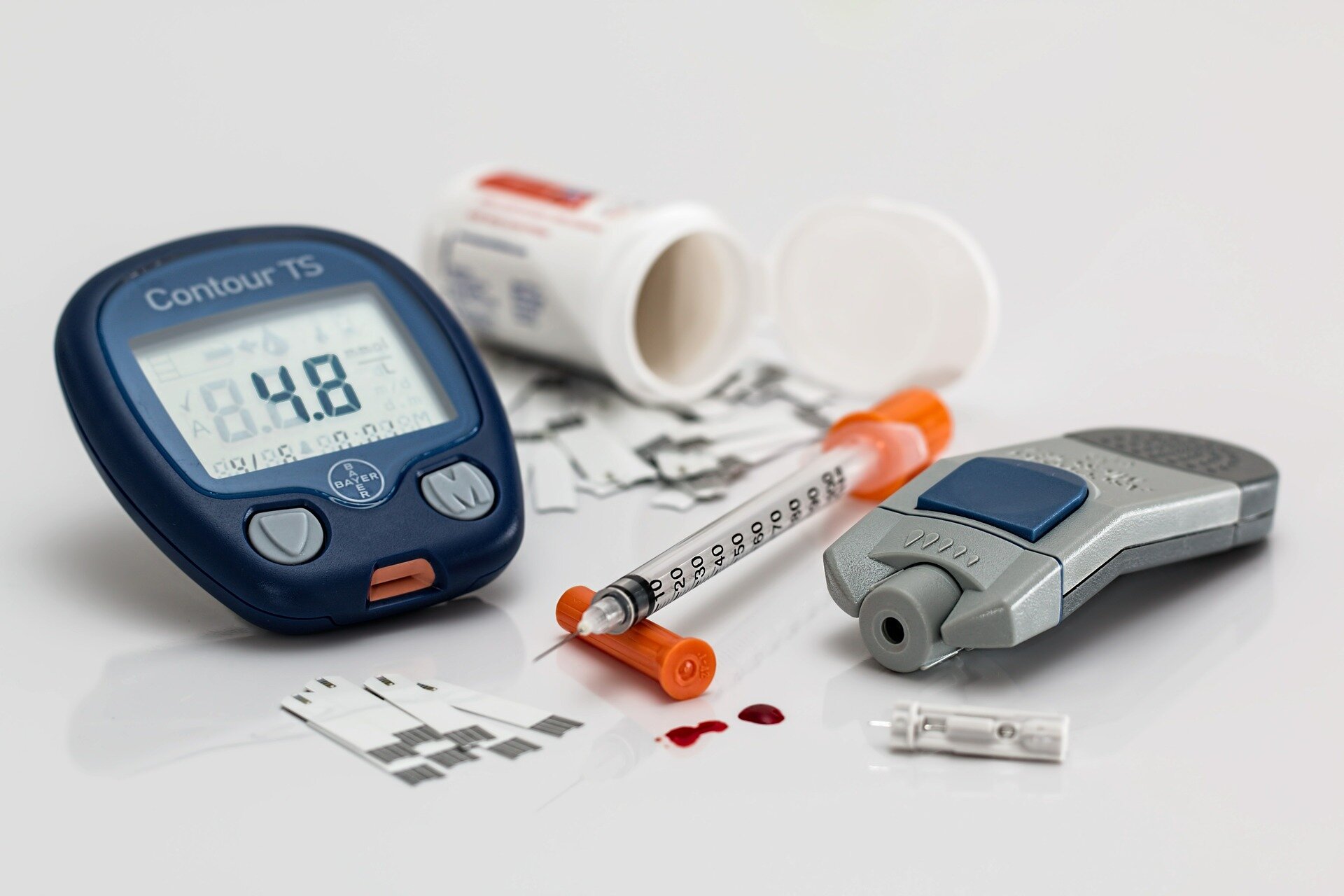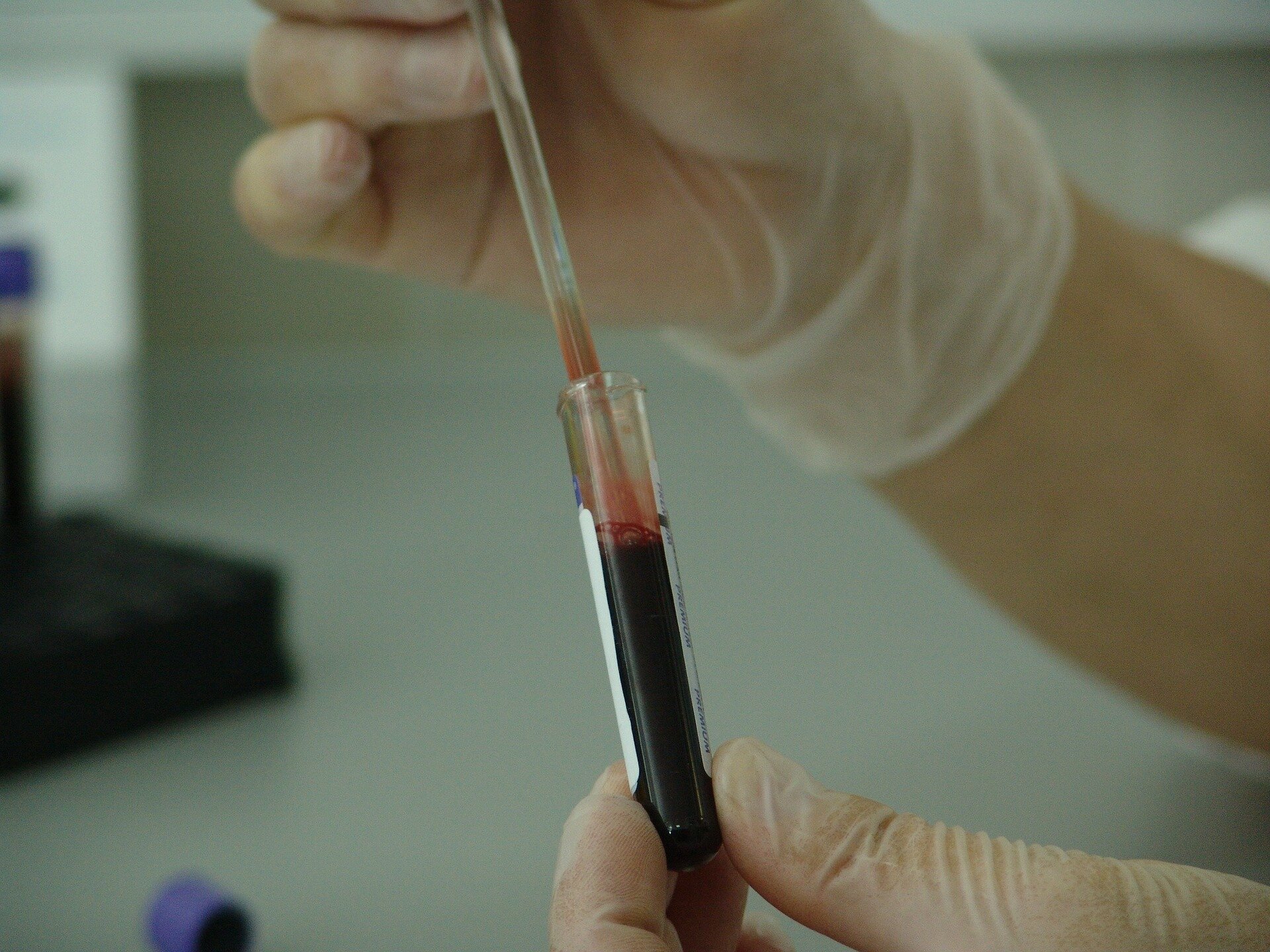#Researchers identify a way to reverse high blood sugar and muscle loss

“#Researchers identify a way to reverse high blood sugar and muscle loss”

A study by Monash University has uncovered that liver metabolism is disrupted in people with obesity-related type 2 diabetes, which contributes to high blood sugar and muscle loss—also known as skeletal muscle atrophy.
Using human trials as well as mouse models, collaborative research led by Dr. Adam Rose at Monash Biomedicine Discovery Institute has found the liver metabolism of the amino acid alanine is altered in people with obesity-related type 2 diabetes. By selectively silencing enzymes that break down alanine in liver cells, high blood sugar and muscle loss can be reversed by the restoration of skeletal muscle protein synthesis, a critical determinant of muscle size and strength.
The research, published today in Nature Metabolism, has shown the altered liver metabolism directly affects muscle size and strength and the mechanism behind this is driven by elevated levels of the hormones cortisol and glucagon which enhance the cycling of amino acids between liver and skeletal muscle, causing muscles to become smaller and weaker.
Along with metabolic dysfunction and related complications, an often overlooked co-morbidity of obesity is skeletal muscle atrophy, which causes frailty, and is related to reduced life-quality and death.
“The ageing-related diseases of skeletal muscle loss and type 2 diabetes are very prevalent and are a huge societal and economic burden. We have known for some time that the ageing-related diseases of skeletal muscle loss and type 2 diabetes were linked but we didn’t know how,” Dr. Rose said.
He adds: “Our studies demonstrate that the liver is a critical control point for muscle protein metabolism; a discovery that is quite surprising. We believe that our new findings highlight the need to examine the role of skeletal muscle atrophy in type 2 diabetes more closely in human clinical populations.”
The study solidifies the long-known metabolic biochemistry staple, the glucose-alanine cycle, as a fundamental part of metabolism in health and disease.
Researchers identify muscle factor that controls fat metabolism
Liver alanine catabolism promotes skeletal muscle atrophy and hyperglycemia in type 2 diabetes, Nature Metabolism (2021). DOI: 10.1038/s42255-021-00369-9
Citation:
Researchers identify a way to reverse high blood sugar and muscle loss (2021, March 18)
retrieved 18 March 2021
from https://medicalxpress.com/news/2021-03-reverse-high-blood-sugar-muscle.html
This document is subject to copyright. Apart from any fair dealing for the purpose of private study or research, no
part may be reproduced without the written permission. The content is provided for information purposes only.
If you liked the article, do not forget to share it with your friends. Follow us on Google News too, click on the star and choose us from your favorites.
For forums sites go to Forum.BuradaBiliyorum.Com
If you want to read more Like this articles, you can visit our Science category.




